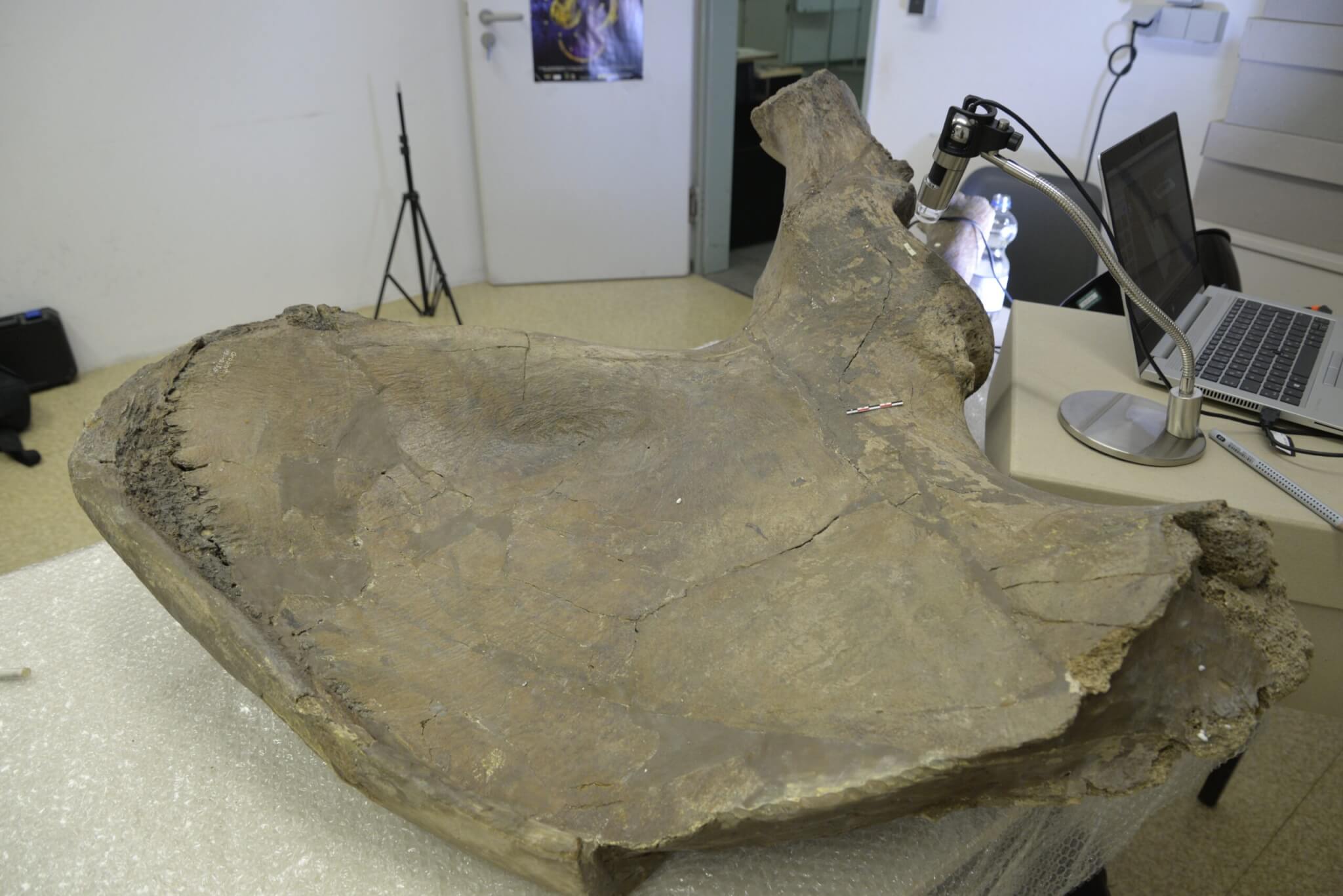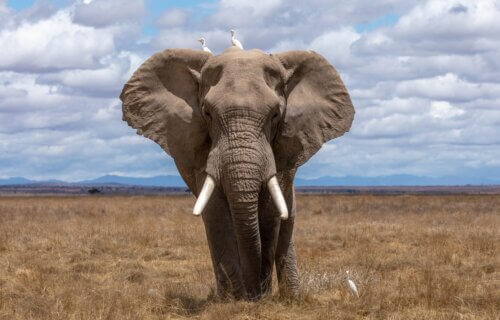MAINZ, Germany — Neanderthals hunted and feasted on an extinct species of elephant so large that a single animal could feed approximately 2,500 people. Talk about your all-you-can-eat buffet! This study, which analyzed 125,000-year-old bones found in present-day Germany, reveals that the hunting of straight-tusked elephants (Palaeoloxodon antiquus) was a common practice among Neanderthals.
The research also suggests that Neanderthals stored substantial quantities of meat and fat, or possibly gathered in larger groups for communal eating, according to the scientists involved. A team of German and Dutch researchers meticulously examined elephant bones, dating back around 125,000 years, that were unearthed decades ago in Gröbern, Saxony-Anhalt, and Taubach, Thuringia, Germany.
These bones had cut marks from stone tools, signifying that Neanderthals not only hunted but also extensively butchered these animals. This team, two years prior, discovered the first evidence of Neanderthals actively hunting straight-tusked elephants at a former lignite mine in Saxony-Anhalt. These elephants, which were the largest terrestrial mammals of the Pleistocene era, inhabited Europe and Western Asia between 100,000 and 800,000 years ago.
The European straight-tusked elephant, with a shoulder height of up to four meters (13 feet) and a body mass of up to 13 tons, was the largest land animal of its time. It surpassed in size the contemporary African and Asian elephants, and even the extinct woolly mammoth.

This new study was published in the journal PNAS and conducted by members of Johannes Gutenberg University Mainz (JGU), the Leibniz Centre for Archaeology (LEIZA) in Mainz, and Leiden University in the Netherlands.
“The results of the more recent examination of the bones from Gröbern and Taubach now show that the hunting of these elephants by Neanderthals was not an isolated phenomenon but must have been a more regular activity,” emphasizes Sabine Gaudzinski-Windheuser, Professor of Prehistoric and Protohistoric Archaeology at JGU, in a university release.
“We have estimated that the meat and fat supplied by the body of an adult Palaeoloxodon antiquus bull would have been sufficient to satisfy the daily calorie intake of at least 2,500 adult Neanderthals,” explains Gaudzinski-Windheuser. “This is a significant number because it furnishes us with new insights into the behavior of Neanderthals.”
Previous research generally believed that Neanderthals formed groups comprising no more than 20 individuals. However, the newly acquired data regarding the systematic exploitation of straight-tusked elephants suggests that Neanderthals might have congregated in larger groups, at least temporarily. Alternatively, they might have developed methods to preserve and store substantial amounts of food, or possibly both.
You might also be interested in:
- Why Neanderthals might be to blame for people more sensitive to pain
- Comet slamming into Earth 12,800 years ago likely turned prehistoric hunters into farmers
- Chilling discovery reveals what wiped out humans in Europe a million years ago
South West News Service writer Stephen Beech contributed to this report.

